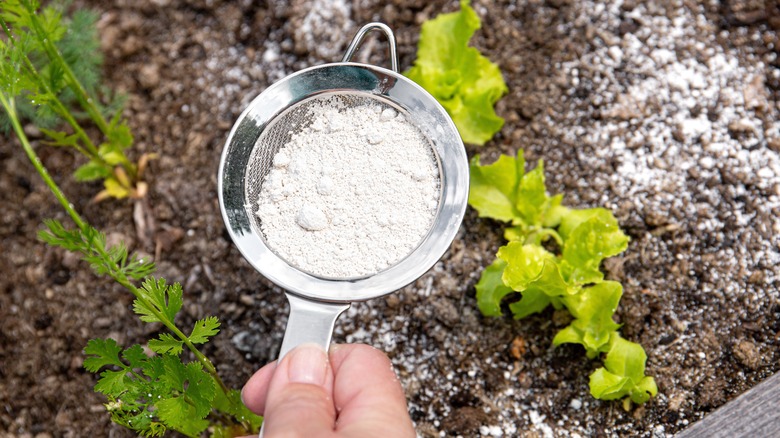Vinegar, particularly apple cider vinegar, frequently appears in discussions about natural pest control. While many homeowners advocate for its effectiveness against earwigs, the scientific evidence supporting this claim remains limited. Yet, its accessibility and eco-friendly profile make it a go-to option for those inclined toward organic solutions. The idea that apple cider vinegar can deter earwigs stems from its acidic nature. In theory, this acidity could make environments less hospitable for these pests. Beyond its potential as an earwig deterrent, the role of apple cider vinegar extends to gardening and home maintenance; it’s often used for pest deterrence and soil enrichment, indicating its multifaceted utility in a gardener’s toolkit.
That being said, understanding the broader context of pest management in your home and garden is key. When focusing on earwigs, the solution isn’t as straightforward as applying any deterrent. It would help if you had a deep dive into these pests’ habits. Recognizing where they hide, what attracts them, and their feeding patterns can guide your pest control strategy more effectively than relying on a singular approach. While vinegar might offer some advantages, it’s also worth considering other options to find the most effective and sustainable solution. It also helps to understand your garden’s specific needs and vulnerabilities. In short, the key is to balance effective pest management and preserve your garden’s health.
Understanding earwigs: their habits and management

As mentioned, getting to know earwigs is a crucial step in effectively managing them. The slender, elongated insects, known for their characteristic pincers, benefit and challenge gardeners. Earwigs are nocturnal, preferring to hide in dark places during the day. Common nesting sites include under pots, rocks, and garden debris. Their love for humidity often leads them to thrive in overwatered gardens or those with excessive mulch. Understanding these preferences can guide you in modifying your garden environment to make it less inviting for them.
In terms of feeding, earwigs are opportunistic and omnivorous. While they commonly feed on various garden pests and decaying organic material, they don’t shy away from healthy plant material. Their diet can include leaves, flowers, and fruits, highlighting their dual role as a pest and predator. Their interesting feeding habits can cause a catch-22 situation when managing them — on the one hand, they contribute to the ecosystem by feeding on aphids and other garden pests. However, they can also cause damage, particularly to soft-stemmed plants and blossoms like dahlias and clematis.
If you want to use apple cider vinegar to deter earwigs, the approach is simple. Grab a spray bottle and add equal amounts of vinegar and water. Apply this solution to the areas where you’ve noticed earwig activity. This mixture can help deter earwigs, although it may not be a foolproof solution. Targeting their hiding places during the day, like under pots or in mulch, may be more effective.
Better solutions: diatomaceous earth and essential oils

Among the best solutions against earwigs is the use of diatomaceous earth. This fine powder comes from fossilized remains of diatoms, a type of algae. Its microscopic, sharp edges make diatomaceous earth deadly for earwigs and other small insects. It cuts through the insects’ exoskeletons, leading them to dehydrate and die. For optimal results, apply it to dry areas of your garden. Remember, its effectiveness reduces when wet, so you might need to reapply it after watering or rain.
Cedar oil can also be a real game changer in natural pest control. Its strong aroma is excellent at deterring various insects, including earwigs. You can easily make a pest control spray by mixing a few drops of these oils with water and a bit of dish soap, which helps the oil mix well with the water. Spraying this mixture in earwig-prone areas helps keep these pests at bay and leaves your garden smelling fresh.
In addition to these natural solutions, maintaining your garden is critical to controlling earwig populations. Removing debris and leaf litter, where earwigs often hide, reduces shelter options. Ensuring proper drainage and avoiding excessive watering diminishes the moist conditions that attract earwigs. Planting earwig-repelling plants like lavender and marigolds can further help create an unappealing environment for them.



